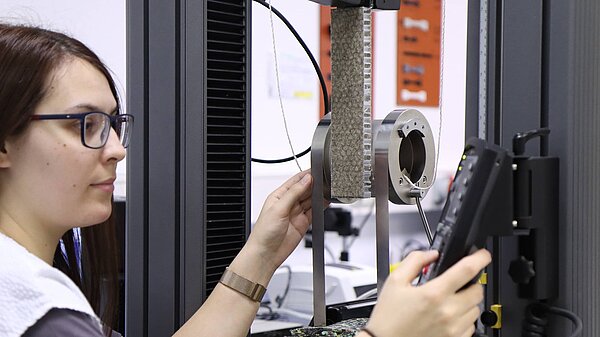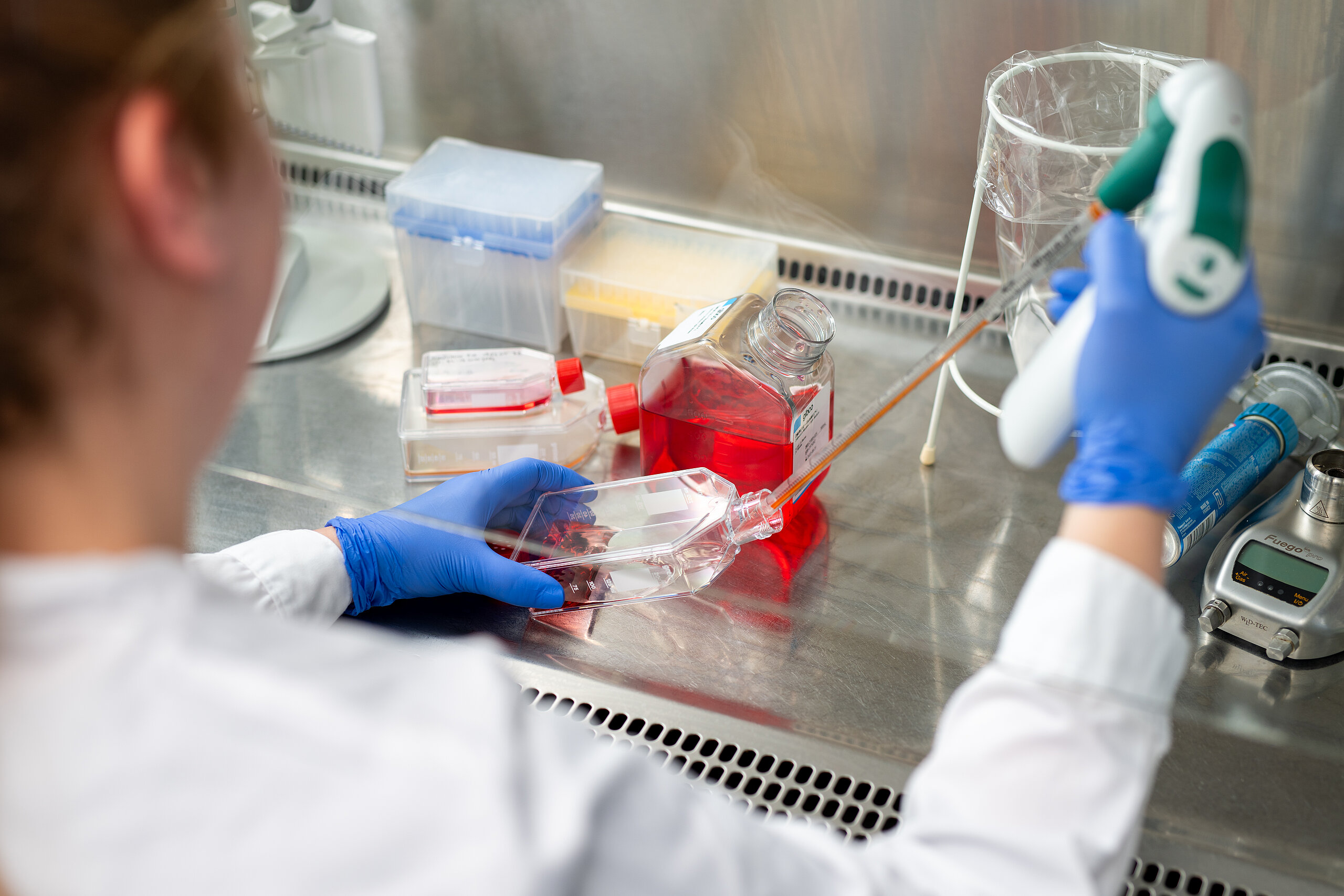
An employee prepares a cell line for subsequent testing. For animal-free testing for cytotoxicity according to ISO 10993-5 and sensitization according to ISO 10993-10 in conjunction with OECD 442D, mammalian cell lines are used as standard. (Image rights: OMPG / André Kranert)

A material is considered biocompatible if it can be integrated into a biological system - e.g. the human body - without triggering harmful reactions. The requirements for corresponding tests depend on the type, place of use and duration of use of the product in or on the body - for example, whether it is a temporary wound plaster or a permanently implanted cardiac catheter system. These tests are regulated in the DIN EN ISO 10993 series of standards.
A central concern when carrying out these tests is compliance with the so-called 3R principle (Reduce, Refine, Replace). This means that animal testing should be kept to a minimum, improved or ideally replaced altogether.
Typical initial tests for biocompatibility assessment are
- Cytotoxicity according to DIN EN ISO 10993-5
- Skin irritation according to DIN EN ISO 10993-23
- Skin sensitization according to DIN EN ISO 10993-10
The cytotoxicity test is regularly carried out in vitro, i.e. without animal testing. Example: A new coating for surgical instruments is tested to determine whether the substances released have a cell-damaging effect. In the test, extracts of the test material are applied to cultures of tissue cells and incubated for a defined period of time. Both qualitative (e.g. microscopic evaluation) and quantitative methods (e.g. proliferation assays) can be used to subsequently assess the cell-damaging effects.
While conventional methods rely on animal testing for skin irritation testing, the in vitro variant uses reconstructed 3D skin models that imitate the human skin structure. Example: A new adhesive for a medical plaster is tested to determine whether skin irritation occurs. After contact with extracts of the test material, cell vitality is determined by dye uptake and photometric analysis. After a defined contact time, the skin-irritating potential is estimated by means of vitality staining and subsequent photometric quantification of the dye content.
Testing for skin sensitization - the risk of an allergic reaction after skin contact - was previously often only possible through animal testing. Example: A new polymer mixture for injection systems is tested for its allergenic potential. Three test methods now offer animal-free options for this. The OMPG is now working with the KeratinoSens™ test as one of the three methods; a second test method is in preparation. In the KeratinoSens™ test, the reaction of a genetically modified skin cell line to the extract of a product is tested and quantified using luminescence. The greater the allergenic potential of the extracted substances, the stronger the resulting light signal.
“For us, animal welfare is a clear priority in these tests,” says laboratory manager Dr. Thomas Dauben. "That's why we only offer in vitro test methods and are working tirelessly to establish more and more animal-free procedures. We would be happy to advise you personally on our test methods and work with you to develop the right strategy."
Contact us now without obligation by phone: +49 3672 379 - 450 or by e-mail: biologie@ompg.de.


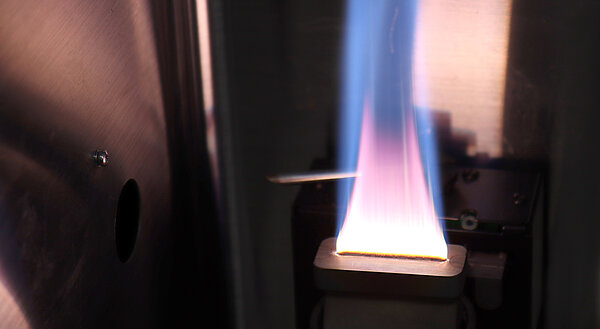
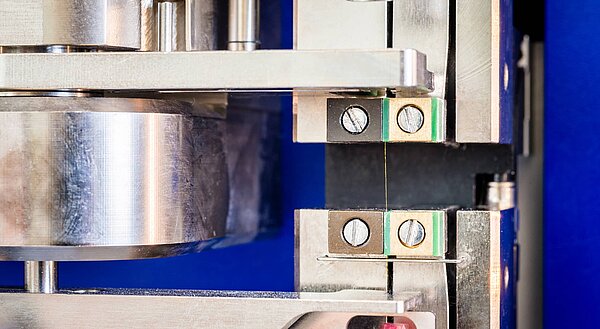
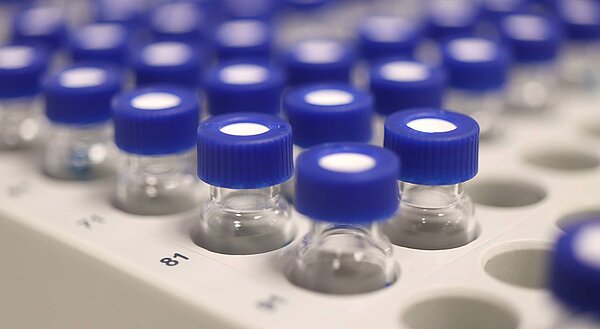
![[Translate to English:] [Translate to English:]](/fileadmin/_processed_/b/b/csm_brandpruefungen-und-elektroanwendungen_7036bf8d6b.jpg)

![[Translate to English:] [Translate to English:]](/fileadmin/_processed_/8/a/csm_biologische-pruefungen_b330c70d45.jpg)

